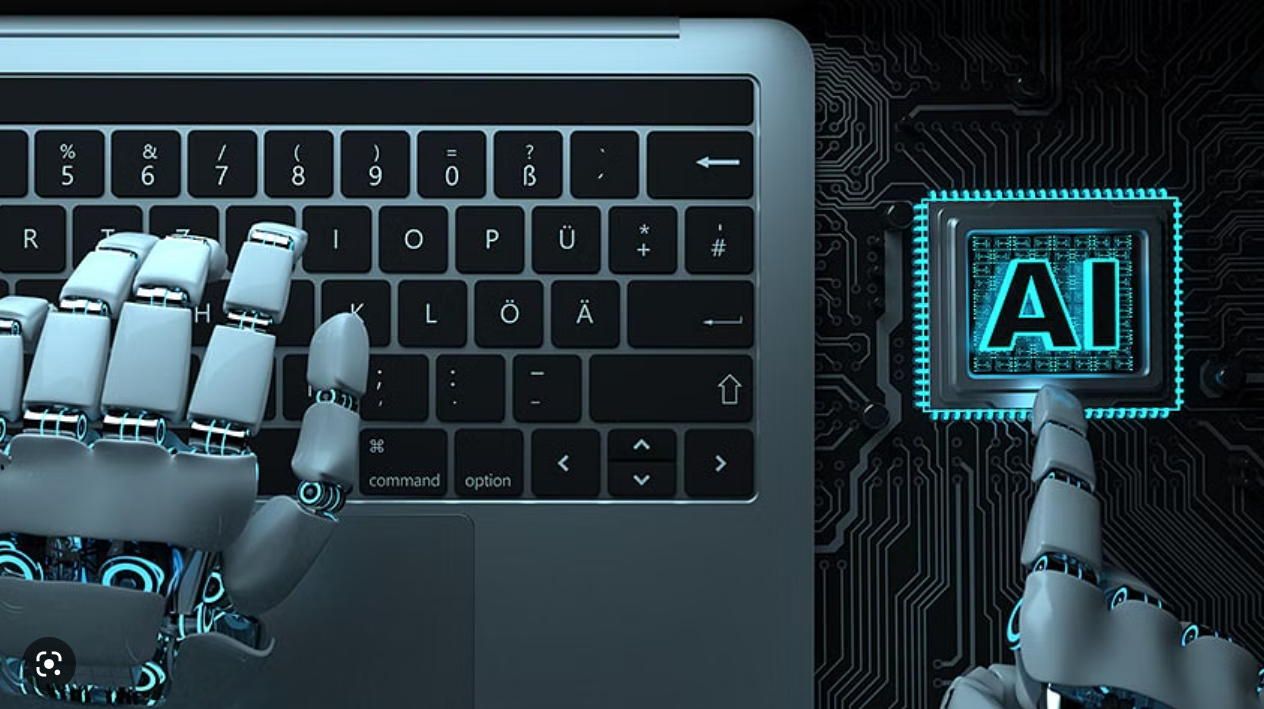The Dangers of AI Technology

Artificial intelligence (AI) has the potential to revolutionize how humans interact and work with the environment. From automated driving cars to voice-controlled home devices, AI is slowly but surely transforming the way we move about our everyday lives. But with the enormous potential, AI also carries with it the potential for great harm. This article will explore the potential risks that come with AI technology, as well as the ways we can reduce them.
The Potential Risks
As with any technology, AI has the potential to be misused. The most obvious risk is the potential for misuse or even abuse of the technology by malicious actors. AI has been used in various instances for surveillance and data analysis, raising serious ethical and moral questions. AI has been used by governments to analyze data of their citizens, and by businesses to exploit their customers.
Another risk is the potential erasure of jobs by automation. AI is already starting to automate vast amounts of laborious processes in various fields, such as data analysis and customer service. As AI continues to become more advanced, it can be argued with good merit that the potential for job loss increases.
Furthermore, AI can also be seen as a potential threat to privacy and autonomy. AI algorithms are usually trained on large datasets, which can contain personal data that can be used without permission. Furthermore, AI can potentially be trained to predict the future choices and behaviors of humans, effectively disrupting their autonomy.
Finally, AI can also lead to bias and prejudice. AI algorithms often rely on data points which can lead to bias in decision making, leading to negative consequences for certain groups of people. Furthermore, AI is built on top of existing technologies and cultural ideas, which can lead to a perpetuation of existing prejudice and stereotypes in society.
Ways to Reduce the Risk
The only way to truly reduce the risk of AI is if we take steps to ensure that the technology is used responsibly and ethically. To do this, we need to ensure that AI technology is regulated to prevent its misuse and abuse. Governments, corporations and other stakeholders must come together to create ethical guidelines and rules by which AI is to be used and developed.
We must also develop better methods which can ensure that AI algorithms remain free of bias, prejudice, and errors. This can involve developing more robust methods for testing the accuracy of algorithms, as well as ensuring the data used to train the algorithms is of high quality.
Furthermore, we must also ensure that the information generated from AI algorithms is protected against misuse. We must strengthen data protection laws to ensure that the information generated from AI is protected from misuse by malicious actors.
Finally, we must also ensure that the people who will be most affected by AI technology, such as workers in the labor force, are well educated about the implications of the technology and how it can be used responsibly. Education is essential for ensuring that everyone understands the potential risks associated with AI, as well as the ways in which it can be used responsibly.
Conclusion
The potential of AI is immense and the technology will continue to play an important role in our day-to-day lives. At the same time, we must be mindful of the potential risks associated with AI, and ensure that we take steps to ensure that this technology is used responsibly and ethically. By doing so, we can ensure that the benefits of AI outweigh the risks.